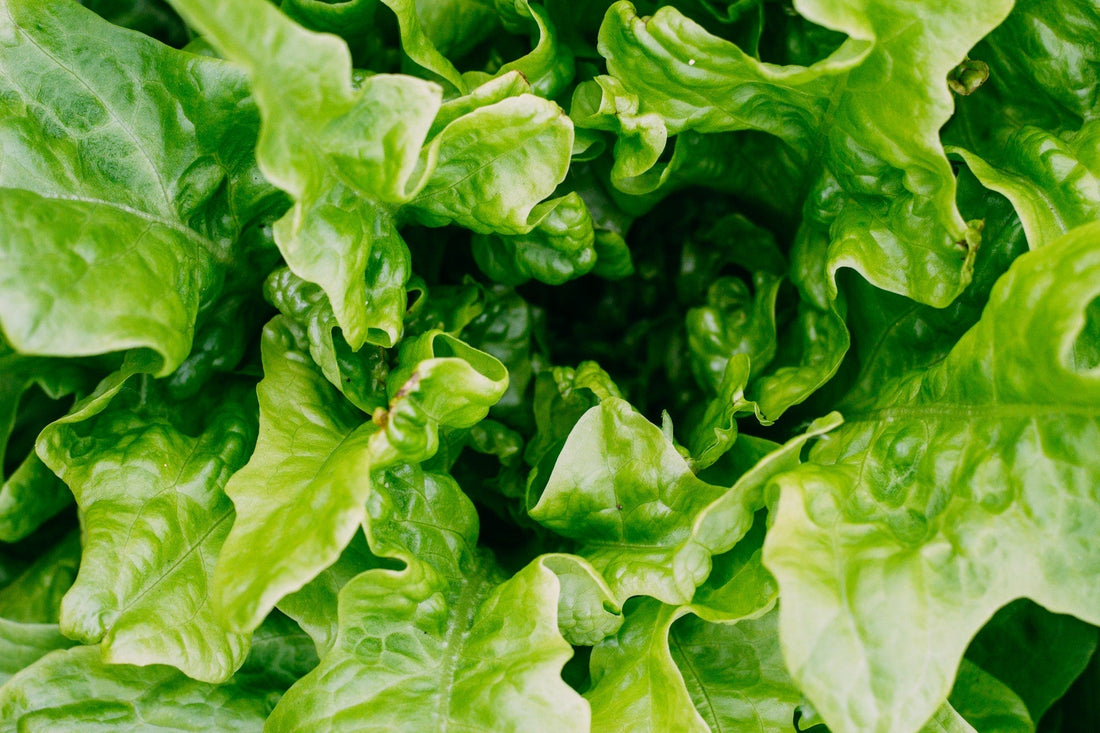Creating an indoor vegetable garden is a rewarding and sustainable way to enjoy fresh produce year-round.
Imagine walking into your kitchen and plucking fresh basil straight from your indoor vegetable garden, or tossing vibrant cherry tomatoes into a salad just moments after harvesting them.
The joy of growing your own vegetables doesn’t have to be limited to outdoor spaces. With an indoor vegetable garden, you can cultivate fresh produce year-round!
Whether you have limited outdoor space or simply want to enhance your culinary experience, starting an indoor garden can be both fun and beneficial.
In this article, we will explore the essential steps to kickstart your indoor gardening journey.

Benefits of an Indoor Vegetable Garden
An indoor vegetable garden offers numerous advantages:
- Fresh Produce: Enjoy fresh vegetables at your fingertips, enhancing your meals with homegrown flavors.
- Year-Round Gardening: Grow vegetables regardless of the season, providing a continuous supply of fresh produce.
- Space Efficiency: Ideal for small living spaces, an indoor garden can thrive in various locations, from windowsills to dedicated shelves.
- Cost Savings: Growing your own vegetables can significantly reduce grocery bills, especially during times of high supermarket prices.
- Environmental Impact: Indoor gardening reduces the carbon footprint associated with transporting food and allows for organic growing practices.
- Choosing the Right Location and Space for Your Garden
Selecting the right location is crucial for the success of your indoor vegetable garden. Consider the following factors:
- Light Availability: Most vegetables require at least 6 hours of direct sunlight daily. South-facing windows are ideal. If natural light is insufficient, consider using grow lights.
- Temperature and Humidity: Most vegetables thrive in temperatures between 65°F and 75°F (18°C - 24°C). Ensure good air circulation and humidity levels to prevent mold and pests.
- Accessibility: Choose a location that is easy to access for regular maintenance like watering and harvesting.

Essential Supplies for an Indoor Vegetable Garden
To set up your indoor vegetable garden, gather these essential supplies:
- Containers: Use pots with drainage holes. You can also invest in a growing kit that includes self-watering features or hydroponic systems.
- Potting Soil: Select high-quality potting mix designed for indoor plants to ensure proper drainage and nutrient availability.
- Grow Lights: If natural light is limited, LED grow lights can provide the necessary light spectrum for plant growth.
- Watering Tools: A watering can with a narrow spout allows for precise watering without over-saturating the soil.

Selecting the Right Vegetables for Your Indoor Garden
Not all vegetables are suited for indoor gardening. Here are some excellent choices for your indoor vegetable garden:
- Lettuce: Fast-growing and perfect for salads, varieties like Romaine and Butterhead thrive indoors.
- Herbs: Basil, parsley, and cilantro are easy to grow and add flavor to dishes.
- Radishes: Quick to mature, radishes are great for beginners.
- Green Beans: Bush varieties require less space and can be grown in containers.
- Spinach: Preferring cooler temperatures, spinach is ideal for indoor growth.

Planting and Caring for Your Vegetables
Once you've selected your vegetables, follow these steps to plant and care for them:
- Planting Seeds: Fill your containers with potting soil, leaving space at the top. Plant seeds according to package instructions regarding depth and spacing.
- Watering: Keep the soil consistently moist but not soggy. Use a spray bottle or watering can to avoid overwatering.
- Light Management: If using grow lights, position them about 6 inches above the plants and keep them on for 14–16 hours daily.

Troubleshooting Common Issues in Indoor Gardening
Even seasoned gardeners face challenges. Here are common issues you might encounter in your **indoor vegetable garden**, along with solutions:
- Pests: Aphids and spider mites can invade indoor gardens. Use insecticidal soap or neem oil as a natural remedy.
- Mold Growth: Excess moisture can lead to mold. Ensure proper air circulation and avoid overwatering.
- Leggy Plants: If plants appear tall and spindly, they may not be receiving enough light. Adjust your grow lights closer or increase their duration.
Harvesting and Enjoying Your Homegrown Vegetables
Harvesting is one of the most rewarding aspects of maintaining an indoor vegetable garden. Follow these tips:
- Timing: Harvest leafy greens by cutting outer leaves first; this encourages further growth from the center.
- Storage: Store harvested vegetables in the refrigerator to maintain freshness. Use breathable bags or containers to prevent moisture buildup.

Sustainability and Cost-Effectiveness of Indoor Gardening
An indoor vegetable garden promotes sustainability by reducing reliance on store-bought produce that may be transported long distances.
Additionally, it allows you to control what goes into your food—enabling organic practices without pesticides or chemicals.
From a cost perspective, investing in a growing kit may have upfront costs but will save money over time as you reduce grocery expenses by producing your own vegetables.

Conclusion | Start Your Indoor Vegetable Garden Today
Starting an indoor vegetable garden is an enriching experience that provides fresh produce while promoting sustainability.
By choosing the right location, gathering essential supplies, selecting suitable vegetables, and properly caring for them, you can enjoy a bountiful harvest year-round.
If you are looking to transform your space into a Indoor Garden System, you must take a look the important information we have for you.
Embrace this opportunity to grow your own food at home—it's easier than you might think!
